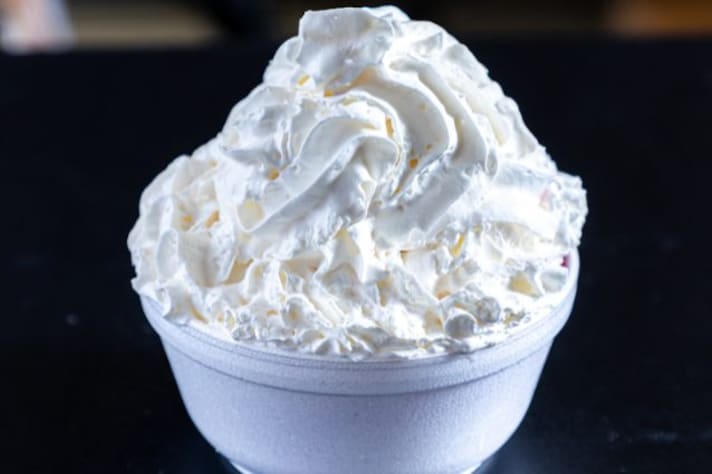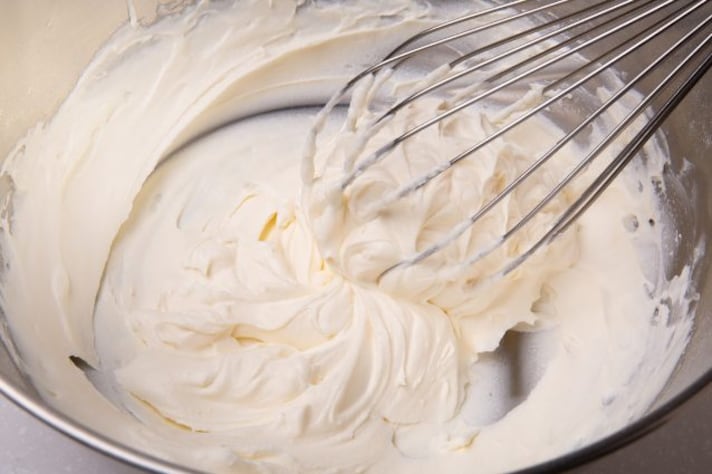How to Fix a Broken Swiss Meringue Buttercream: Easy Solutions for The 2 Most Common Problems!
Swiss meringue buttercream is a silky frosting that can curdle if it’s too cold or turn soupy if it’s too warm, but both issues are fixable: read ahead to find out the two foolproof solutions for these common problems with swiss meringue buttercream, plus the moments when it gets too late to save it!

Swiss meringue buttercream (SMBC) is a staple in the baking world—a luscious, silky-smooth frosting made by whipping egg whites and sugar into a meringue before blending in butter. It's a baker’s dream for frosting cakes and piping elegant designs. While it’s straightforward when you’ve got the right recipe, even seasoned pros sometimes hit a roadblock.
Butter, the star of the show, has a mind of its own and can turn your buttercream into a curdled mess or a soupy disaster. Don’t panic, though—most of these problems can be fixed with a little patience and know-how.
Why Does Swiss Meringue Buttercream Go Wrong?
Swiss meringue buttercream is all about balance, but butter doesn’t always like to play along. Curdling happens when the mixture gets too cold, causing the butter to seize and form clumps. On the flip side, if your kitchen is too warm or your butter is too soft, the buttercream can become soupy and lose its structure. These textural issues often stem from temperature—either your meringue, butter, or environment isn't quite at the Goldilocks zone. Fortunately, these missteps don’t mean your buttercream is doomed.

How to Fix a Curdled Swiss Meringue Buttercream
Curdled buttercream can look like a frosting fail, but it’s usually just the butter rebelling against the cold. If you notice clumps or a grainy texture, don’t despair—it’s easier to fix than you might think. Start by assessing the temperature. Is the buttercream cool to the touch? If so, warm the bowl slightly. You can do this by placing it over a pot of simmering water or using a hair dryer on low heat around the sides of the bowl. Be sure to keep mixing while you warm it; as the butter softens, the mixture will emulsify and smooth out. But remember, patience is key—overheating can swing you straight into the soupy zone.
How to Fix a Soupy Swiss Meringue Buttercream
Soupy buttercream, on the other hand, usually means your butter has gone too soft. Maybe your kitchen is a little warm, or the butter wasn’t quite chilled enough before being added to the meringue. When this happens, cooling is your best friend. Pop the bowl in the fridge for 10–15 minutes to firm it up. Once the edges of the buttercream start to look slightly solid, whip it again at medium speed. The cooler butter will help restore structure and bring back that velvety texture. If it’s still too loose, repeat the process until your buttercream reaches the right consistency.

When Is It Too Late to Fix Your Buttercream?
Not every buttercream can be saved, as heartbreaking as that sounds. If your meringue wasn’t whipped to stiff peaks before adding butter, or if it’s been over-whipped and started breaking down into a greasy mess, there might not be a way to bring it back. Likewise, if too much heat was applied during a “fix,” and the butter fully melted into the mixture, the structure is likely beyond repair. In these cases, it’s often best to start fresh. The silver lining? Every failed buttercream teaches you something new about working with this finicky frosting.
;Resize,width=767;)


;Resize,width=712;)
